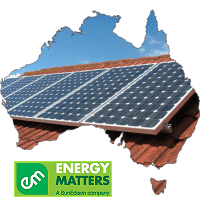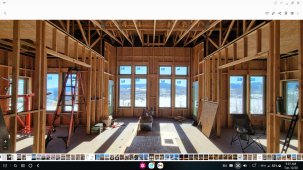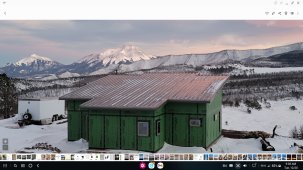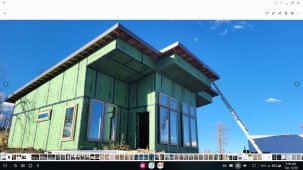rkymtnoffgrd
New Member
- Joined
- Dec 15, 2022
- Messages
- 8
Hello all, first post, I have searched, and although Ive found lots of similar great info, Im still questioning if I should purse this without a thermal storage tank. A little backgound: Im self-building a passive solar, south faceing, super insulated cabin at 10,000 feet in the rockies. Im roughing in the embedded radiant heat plumbing this month. My location is Southern Colorado, heating days only, average of 5.5-6 peak sun hours per day. Im curious if the addition of an evacuated solar array would provide a significant assit to justify the immediate pursuit. But assume no thermal storage tank... Here are the details. 1000sqft frost protected 4" concrete slab with 4"HD EPS subslab & 8" perimerter XPS. 2x 300' 1/2" pex loops embedded at 12"-14" spacing. Estimating .75GPM flow through each loop for a 1.5 GPM total. Estimating a 20degree delta once the slab is warm. 18KW Electric instantous water htr is the boiler. (because eventual netmetered solar w/ backup is going in) So, on the surface, it appears, that if I could assit the wtr htr during the day with 5-10 degrees at 1.5gpm it seems like a worthwhile pursuit. im envisioning the glycol mix would cycle through an addition loop through the tubes when sunny prior to going into the self modulating wtr htr. The slab would be the only thermal strorage. Things are never as simple as I assume.








